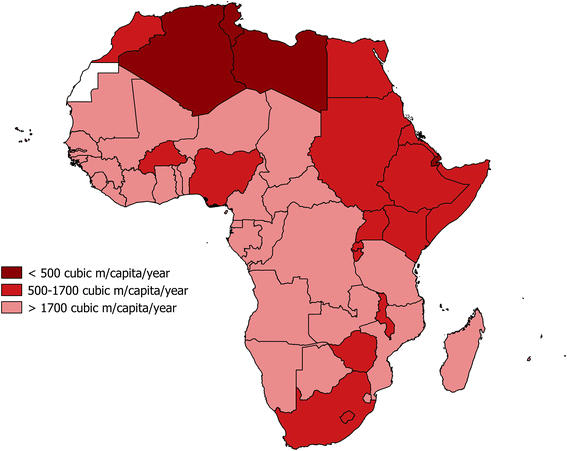Water, Agriculture and Climate Change
Women as Farmers:
One of the most poorest and marginalised group of people in Sub-Saharan Africa are women and the poorest households are headed by women (The Montpellier Panel, 2012). We often assume that the largest number of farmers are men, however this is untrue. In some African nations, women spend over 60% of their time on agricultural activities, and women contribute to roughly 50% of labour on farms (The Montpellier Panel, 2012). Note a topic that we have discussed earlier in previous blogs. Women are responsible for water collection, household chores and the provision of food. Due to disproportionate amounts of time that they spend on such work, women find it difficult to be employed in a different sector, therefore explaining why more than 60% of women work in agriculture in Africa (The Montpellier Panel, 2012).
Climate Change:
Africa is a continent that will be facing the most severe impacts of climate change, where 9 out of the 10 most vulnerable countries are located in Africa (UN Women, 2022). Climate change is expected to impact agricultural productivity due to water stress which can result in poverty and conflict (UN Women, 2022). According to Falkenmark's 'Water Stress Index,' (WSI), water scarcity is measured in terms of the total water resources that are available to a given population of a region or area and scarcity is measured in terms of renewable freshwater that is available for each person per year (Global Forum Water, 2012). If the amount of renewable water is below 1700m3 per person per year, then it is said that the country is experiencing water stress and if it is below 1000m3 per person per year, then the country is experiencing water scarcity (Global Forum Water, 2012). Although the WSI has its many limitations and critiques, it is still commonly used today as it is simple and straightforward due to the quantification of water resources in a given country.

Figure 1: Map of the national scale water scarcity across Africa. FAO AQUASTAT (2014).
If you look at the image above, most countries are characterised as being water sufficient (Damkjaer et al, 2017) However, Eastern Africa would be considered as water stressed. Countries to demonstrate this would be Egypt, Sudan, Somalia and etc. Algeria and Libya would be considered as living under conditions of water scarcity (Damkjaer et al, 2017).
Women in African countries are bearing the brunt of climate change which results in gender-based violence which I discussed in a previous blog. Since women are important actors in terms of water and food provision, it is argued that gender perspectives must be integrated in climate, environmental policies and programmes. Women cannot be silenced in this matter as they are critical actors that can help us address the issue of water resources and agriculture.
In the next blogs, I will provide the case of Sudan and I will discuss gender mainstreaming in relation to water management.

Comments
Post a Comment